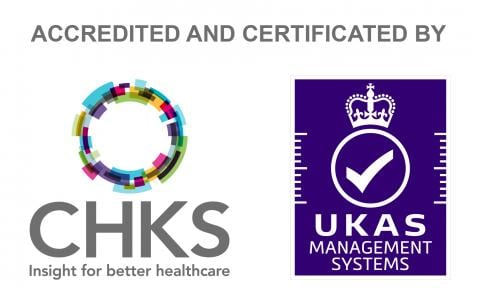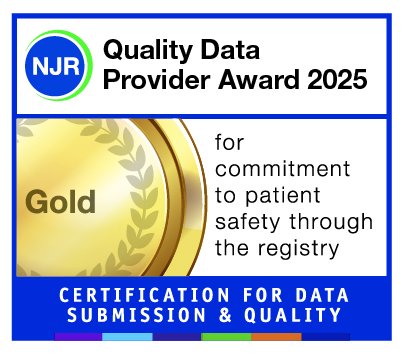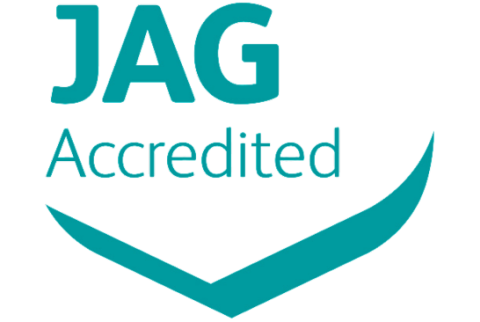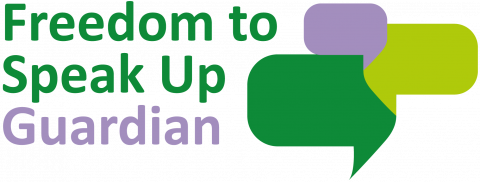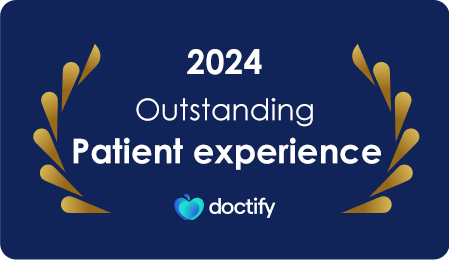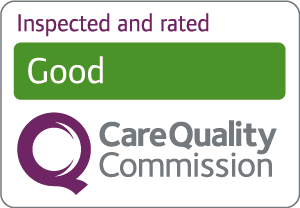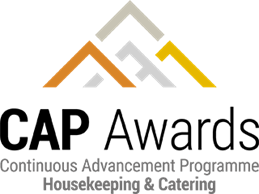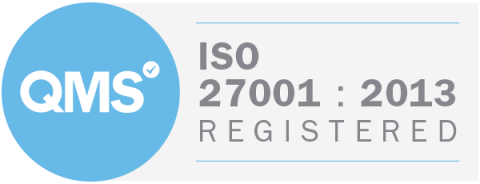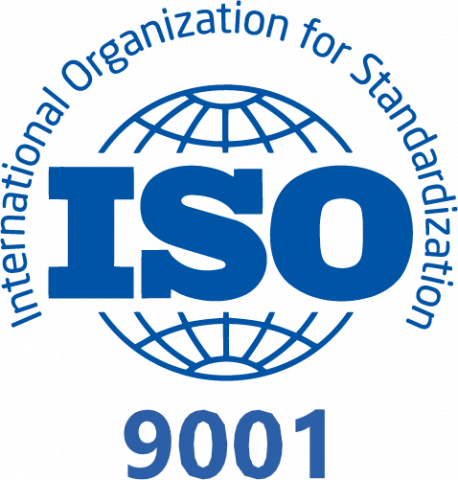
As summer brings more time outdoors and lighter clothing, subtle differences in a child’s posture, walking pattern, or limb alignment can become more noticeable. While some of these variations are part of normal growth, others could be early signs of an orthopaedic condition. This article aims to help parents and caregivers understand common limb and spinal deformities in children, such as knock knees, bow legs, and scoliosis. Paediatric Orthopaedic Consultant Mr Anshul Sobti shares expert insights on what signs to look for, when to seek medical advice, and the treatment options available.
Why summer is the season for spotting orthopaedic issues
School’s out! As your children trade their uniforms and bulky clothing for shorts, swimwear, and sandals, and as a parent you try your best to encourage them to swap screen time for sunshine and adventure, you may be able to notice subtle issues in posture or leg alignment that might not have been so obvious during a busy school year and a colder, darker season.
While you watch them run through parks, build sandcastles, or ride bikes with friends, pay closer attention to how they walk, stand, and move, looking out for any irregularities. These may include a limp, unusual leg shape, uneven shoulders, or asymmetry in the spine.
Early signs: what parents should look for
"For many parents, noticing anything unusual about their child’s posture, gait, or overall appearance can naturally bring a mix of concern and uncertainty. Is this normal? Do other children look like this? Should we see a specialist? Your concerns are valid. Understandably, parents notice even the smallest changes. While these are often nothing to worry about, some can be early clues to a condition we can support more effectively when spotted early."
- Mr Anshul Sobti, MBBS, Diploma in Orthopaedics, DNB Ortho, MCh Ortho, FRCS (Tr & Orth), MFSTEd, Paediatric Orthopaedics Consultant at New Victoria Hospital
While often just a stage in a child’s physical development, these signs can sometimes indicate an underlying musculoskeletal condition:
- Uneven shoulders, a prominent shoulder blade, or an uneven waist.
- Leaning to one side or noticeable asymmetry in posture, or a limp.
- Frequent falls, trips, or difficulty running.
- Abnormal walking patterns or leg positioning.
- Pain around knees, joints, lower back.
Common orthopaedic limb and spine development variations
The key is to stay observant and seek professional guidance when in doubt – when it comes to a child’s health, it’s always better to ask than to assume. Common conditions to look out for include:
- Knock knees: The knees touch when standing straight, but the ankles remain apart, and the legs appear to bend inward.
- Bow legs: The opposite of knock knees; the legs curve outward at the knees, leaving a gap between the knees even when the ankles are together.
- Leg length discrepancy: One leg is shorter than the other. Minor differences may cause no problems, while larger discrepancies can affect posture and movement.
- Scoliosis: An abnormal sideways curve of the spine that can range from mild to severe.
- Flat feet: The arches of the feet are low or not visible, causing the entire sole to touch the ground when standing. This may be present from birth or develop over time.
Why early diagnosis matters
Early diagnosis enables less invasive and more effective treatments, often avoiding the need for surgery later. Children grow quickly, and catching issues early means specialists can:
- Monitor developmental progress closely.
- Guide the body’s natural growth in the right direction.
- Address pain or mobility issues early.
- Prevent future complications with posture or movement.
At New Victoria Hospital, we aim to assess each child and condition holisticallywith sensitivity and care in a welcoming, family-centred environmentand provide patientswith personalised care plans tailored to their individual needs.
What causes limb alignment issues and scoliosis in children?
In many cases, limb and spine deformities are idiopathic, meaning there is no clear cause. However, several factors may contribute:
- Growth spurts throughout childhood, adolescence, and especially puberty.
- Normal variations in skeletal development and alignment.
- Genetic predisposition.
It is important to note that these conditions are not caused by bad posture, heavy school bags, or lifestyle factors. However, such habits can exacerbate existing spinal issues and lead to other problems like kyphosis, commonly known as a hunchback.
How are orthopaedic deformities diagnosed in children?
Diagnosing orthopaedic deformities in children begins with a detailed clinical assessment by a Paediatric Orthopaedic Consultant. During this physical examination, the consultant carefully evaluates your child’s posture, gait, limb alignment, and range of motion. In many cases, this hands-on, child-focused evaluation provides enough insight to make a diagnosis – particularly when findings align with recognised patterns of normal growth or common developmental variations.
If further investigation is needed to clarify the condition or guide treatment, the Orthopaedic Consultant may recommend imaging studies such as:
- X-rays: to assess bone structure, alignment, and growth plates with precision.
- MRI scans: useful for evaluating both bone and soft tissues, especially when symptoms suggest nerve or muscle involvement.
- CT scans: occasionally used for detailed imaging in complex cases or for surgical planning.
It’s important to note that not every child will require imaging. In fact, many orthopaedic concerns can be confidently diagnosed and managed based on physical examination alone. At New Victoria Hospital, imaging is used thoughtfully and only when necessary, ensuring your child receives personalised, minimally invasive, and developmentally-appropriate care.
Treatment options: from monitoring to advanced care
Every child is different, and treatment is carefully tailored based on age, condition severity, and symptoms. Options include:
- Observation: For mild cases that may correct with growth.
- Bracing: For moderate scoliosis or alignment issues.
- Physiotherapy: To support muscle balance and improve alignment.
- Surgery: Reserved for rare, severe cases that do not improve otherwise.
- Personalised care plans: Tailored to each child’s needs, involving orthopaedics, physiotherapy, and family support.
Living with limb alignment issues and scoliosis: supporting your child
Living with a musculoskeletal condition can impact a child’s confidence and daily life. Parents can help by:
- Encouraging posture-friendly activities like swimming.
- Using ergonomic furniture at home to support spinal health.
- Providing emotional support and reassurance.
- Maintaining open communication with healthcare providers.
Our multidisciplinary team at New Victoria Hospital can help children and families navigate the psychological aspects with compassion and expertise.
FAQs
Does posture cause scoliosis?
No, scoliosis is not caused by slouching or carrying heavy bags.
Are flat feet a problem?
Often not. But if your child experiences pain or imbalance, it is worth checking with a specialist.
Can my child still play sports?
Yes! Most children can continue sports and physical activity. In fact, staying active is often encouraged during treatment.
Will they need surgery?
Only in rare, severe cases. Many conditions improve naturally or respond to non-surgical treatments. Your Paediatric Orthopaedic Consultant will discuss the best treatment options tailored to your child’s needs.
How soon can we get an appointment?
We offer regular appointment slots with our Paediatric Orthopaedic Consultants. If you're concerned about your child, we encourage you to get in touch – our team will do their best to offer you a timely appointment, and urgent cases can often be seen at short notice.
If you've noticed changes in your child’s posture, gait, or limb alignment, don’t wait! Early evaluation is key to supporting healthy development and addressing any potential concerns before they progress, helping your child stay active, comfortable, and confident as they grow.
For more questions or to book a screening appointment with our Paediatric Orthopaedics Consultants, please call 020 8949 9020 or request an appointment online:



